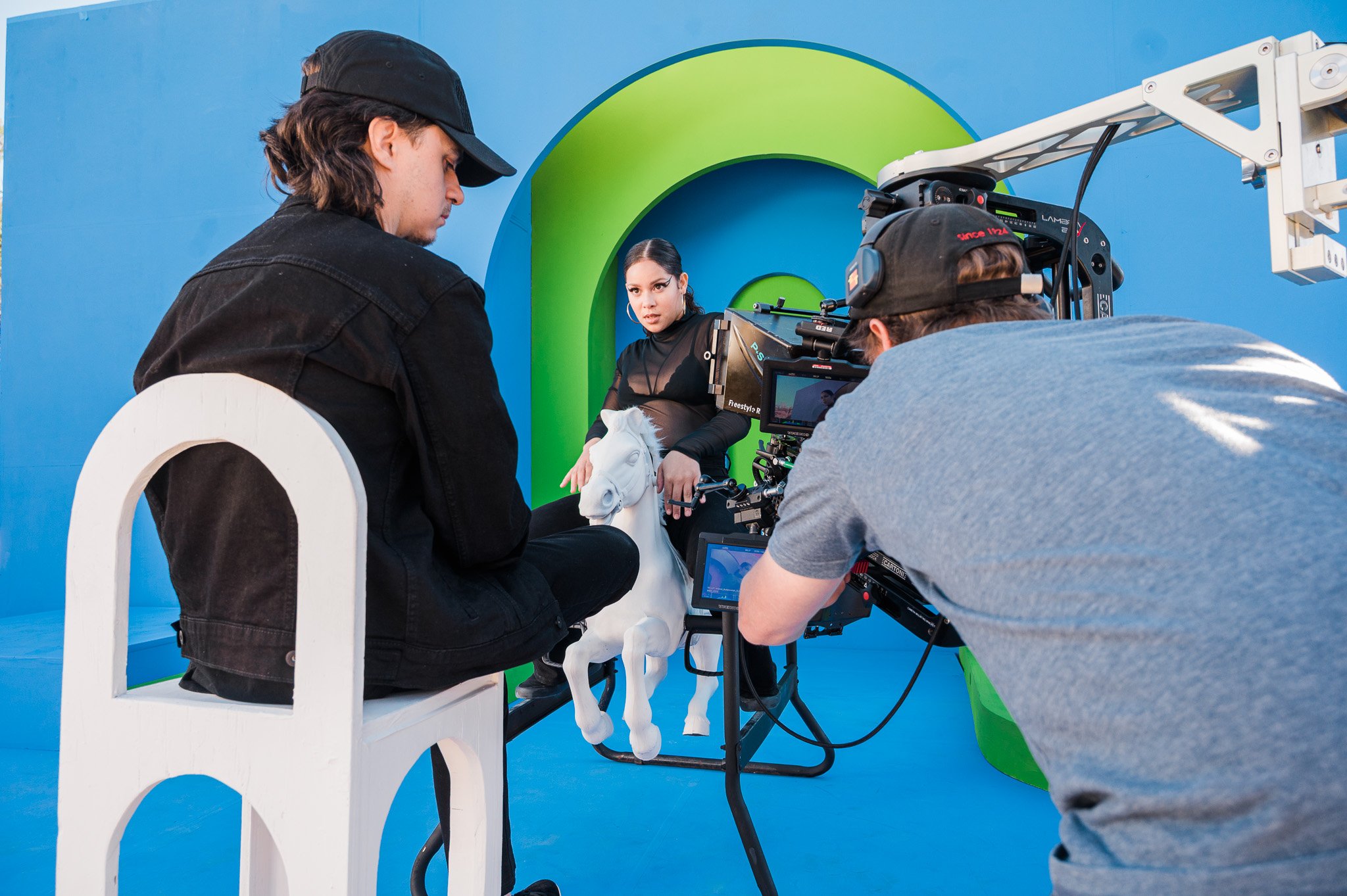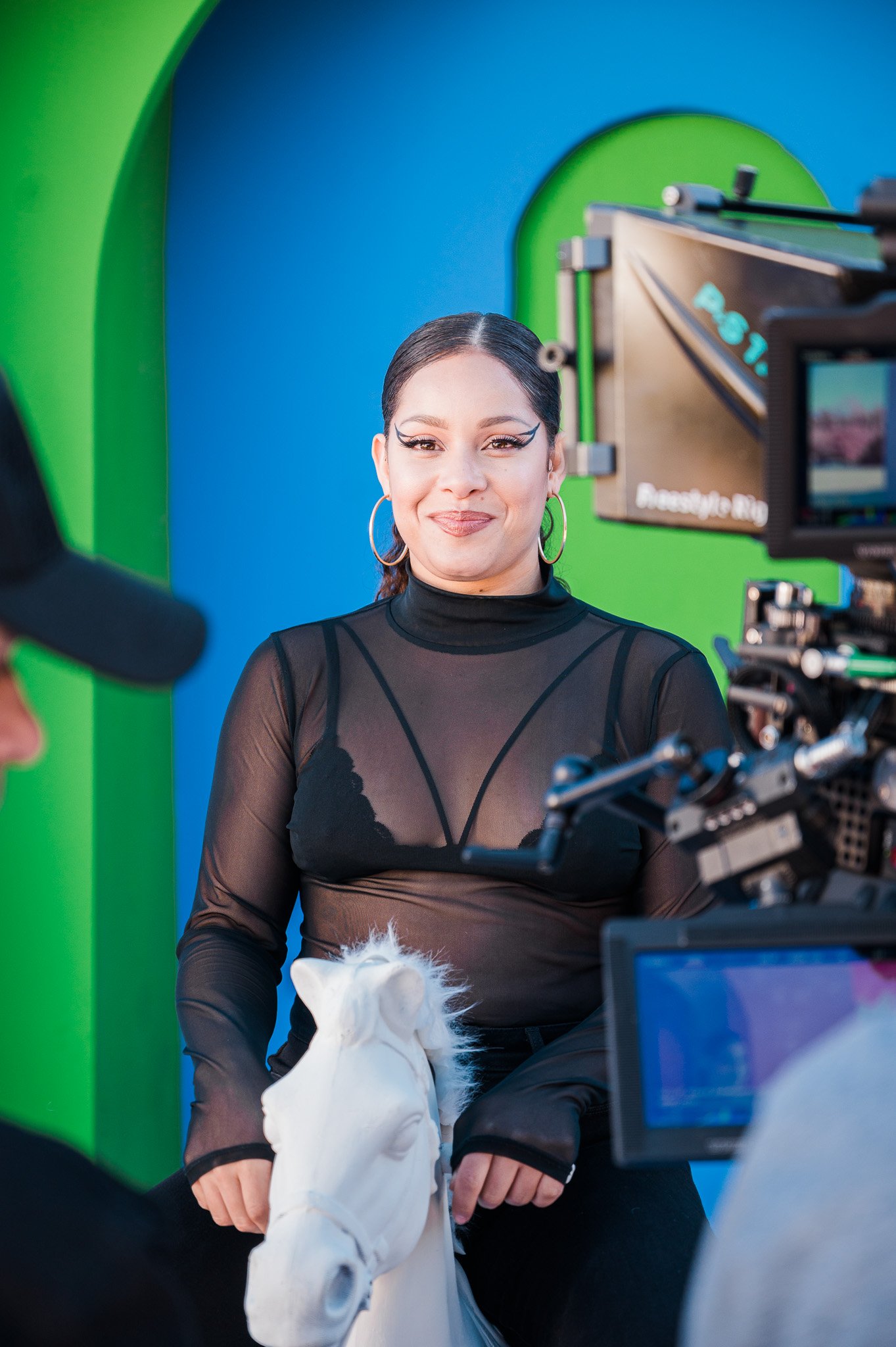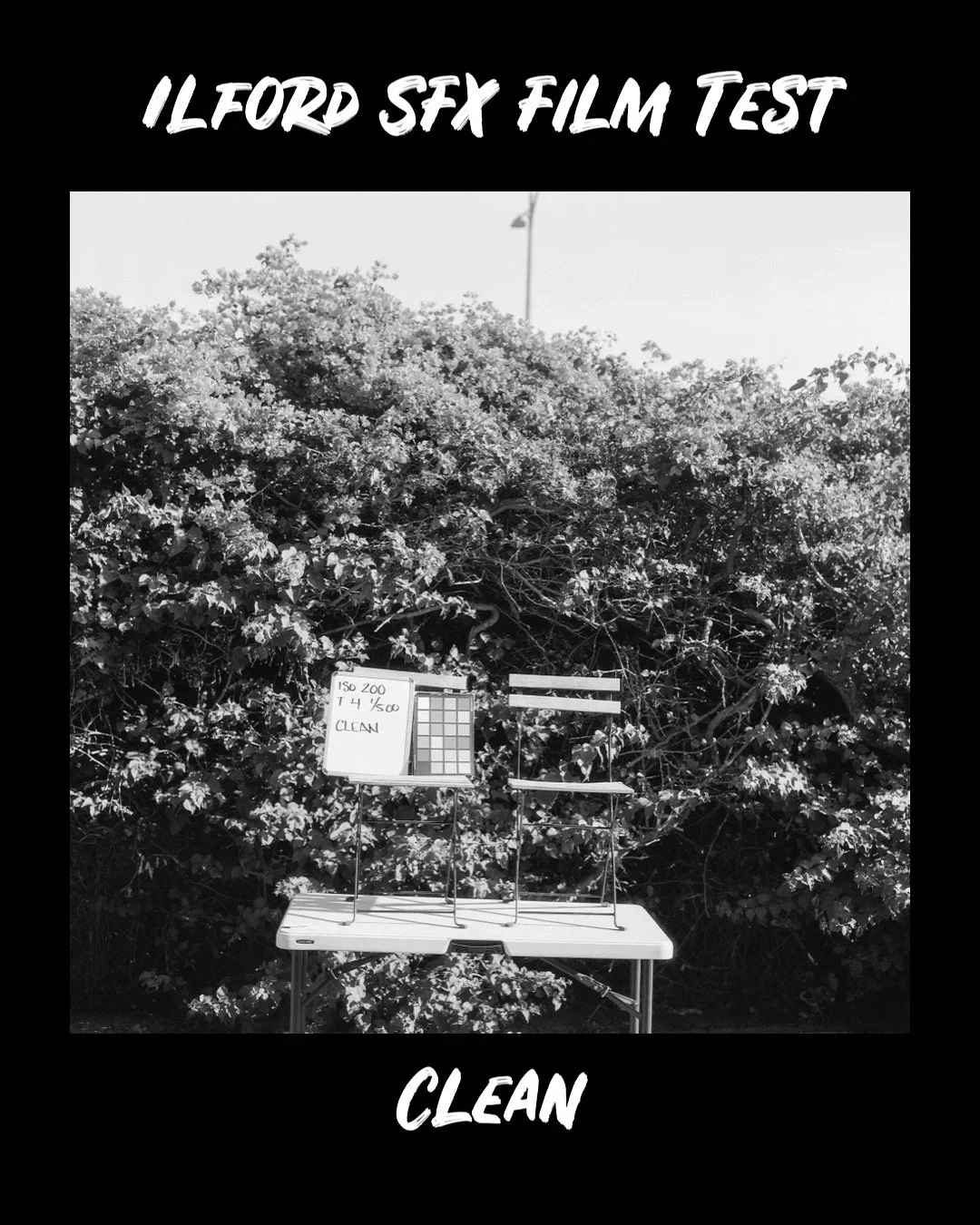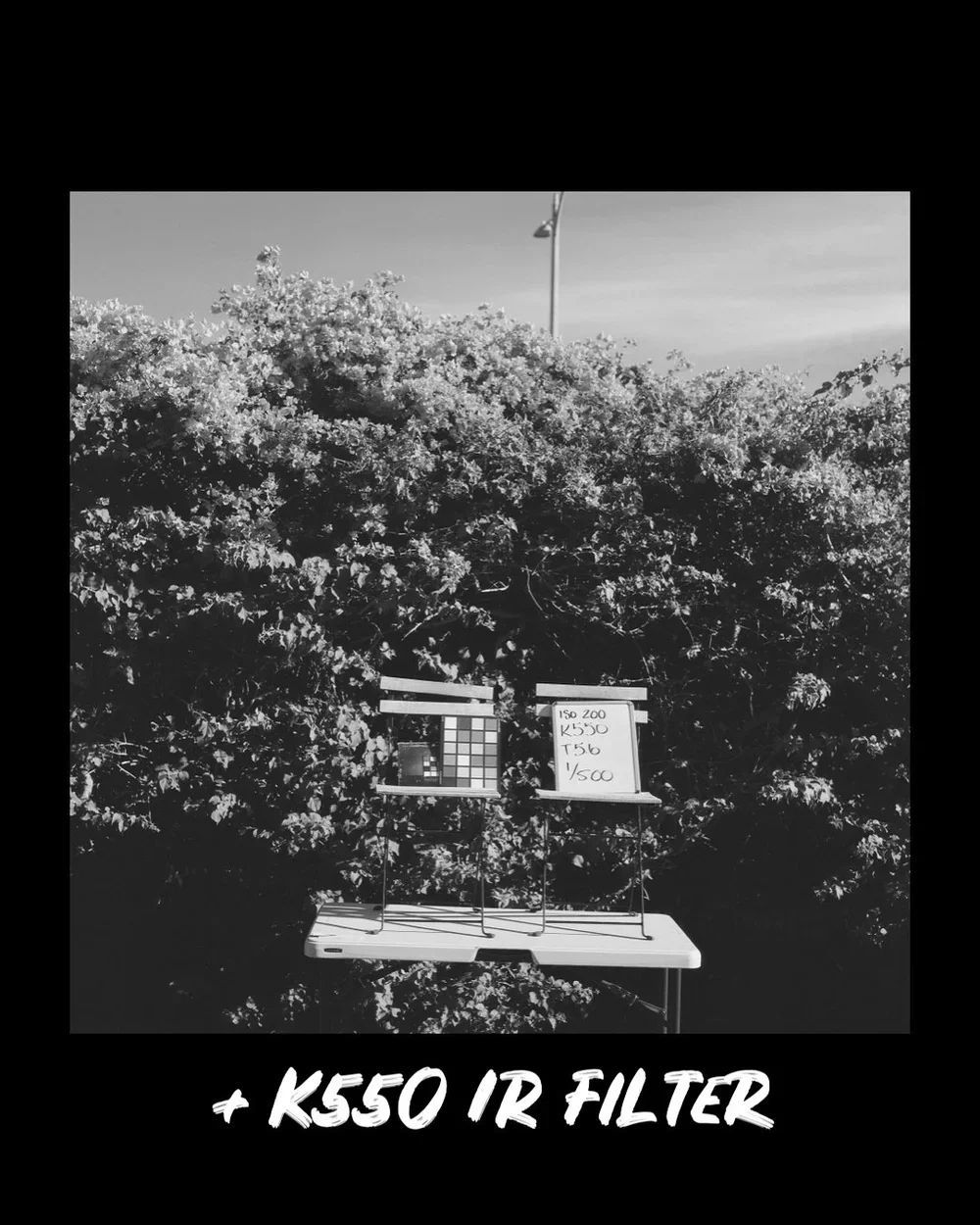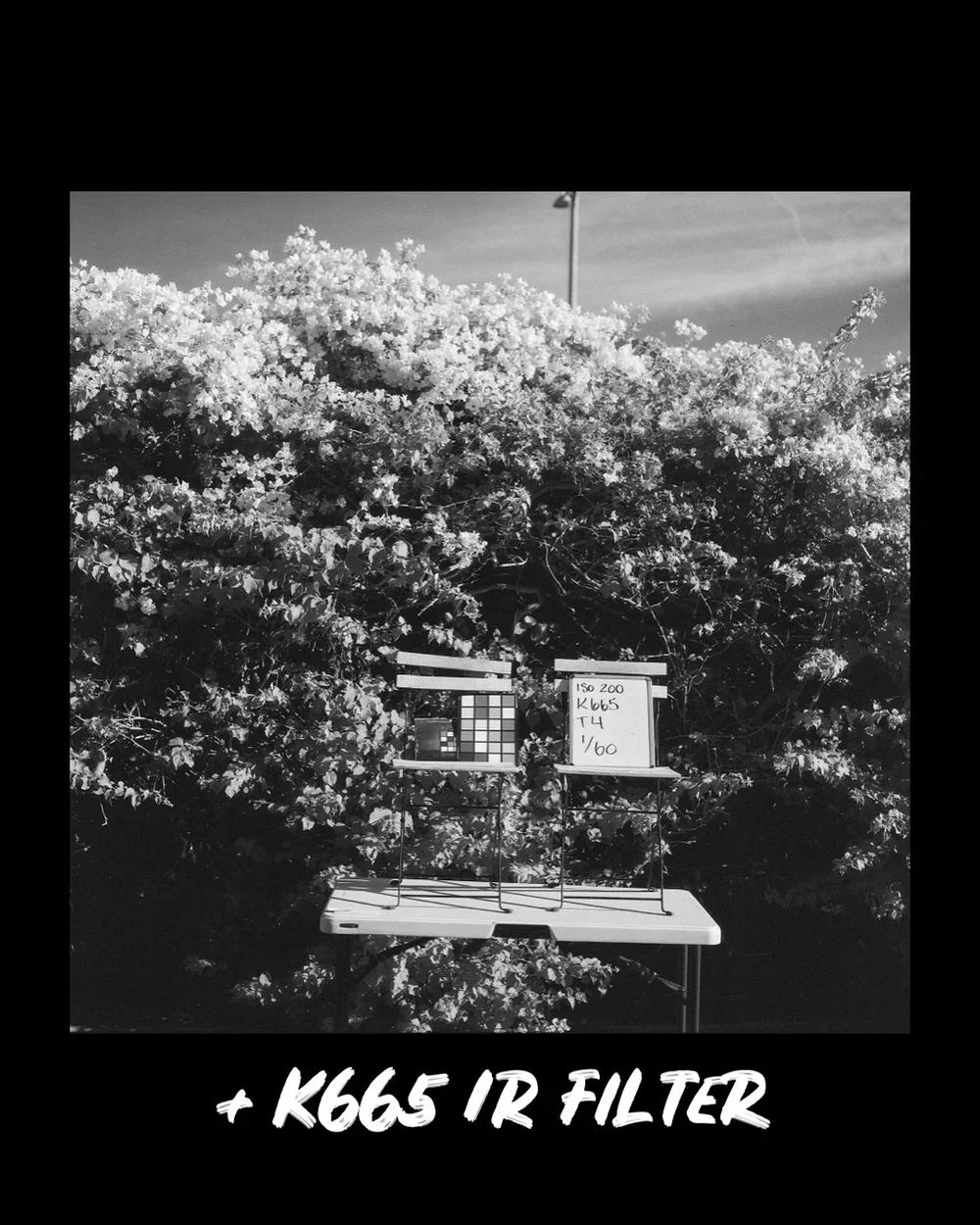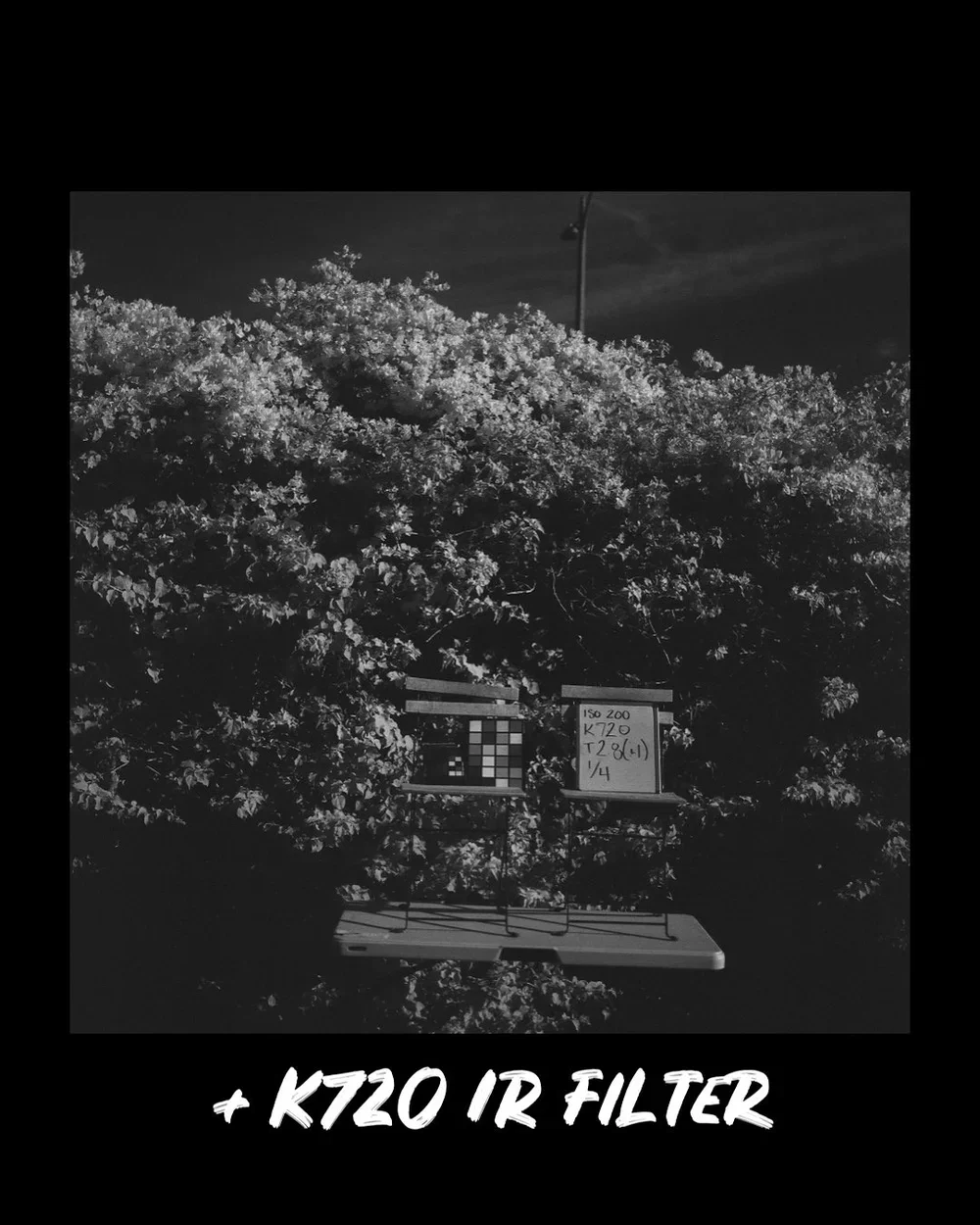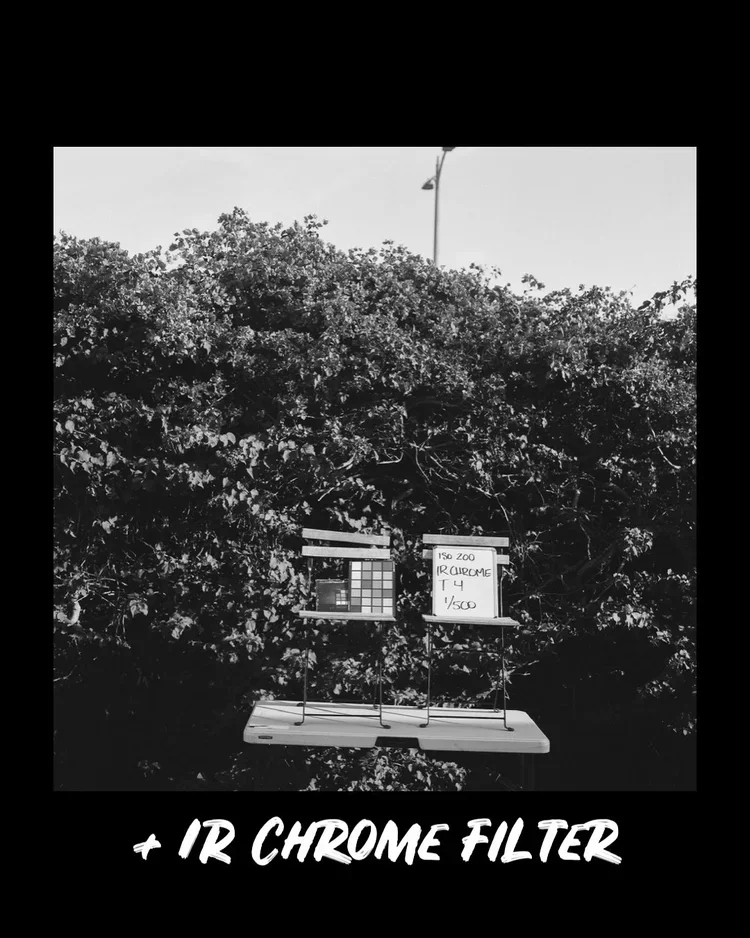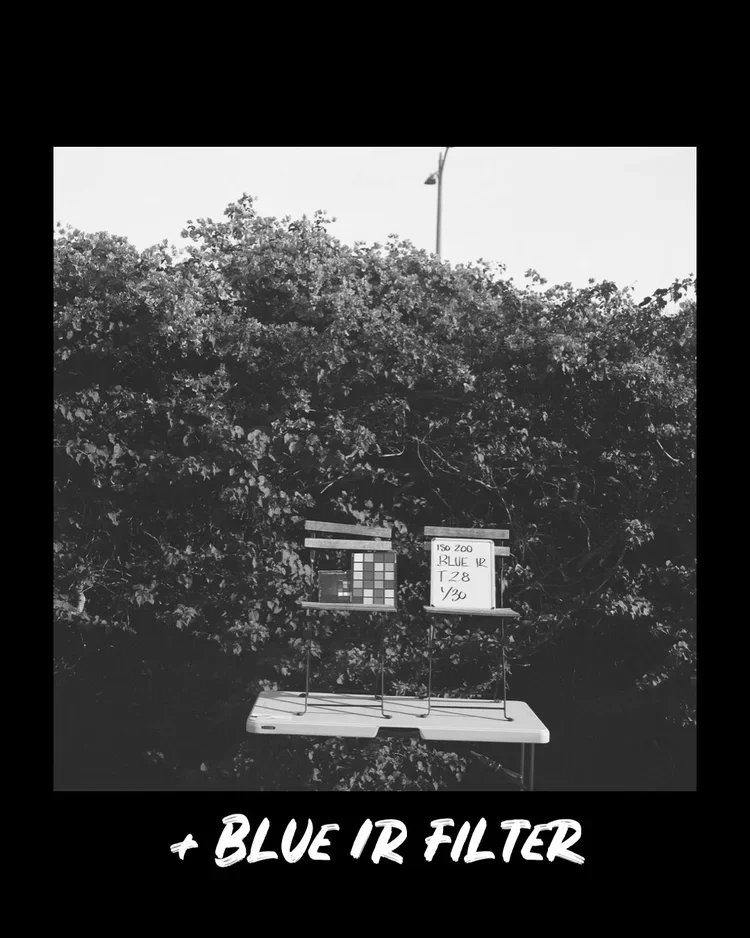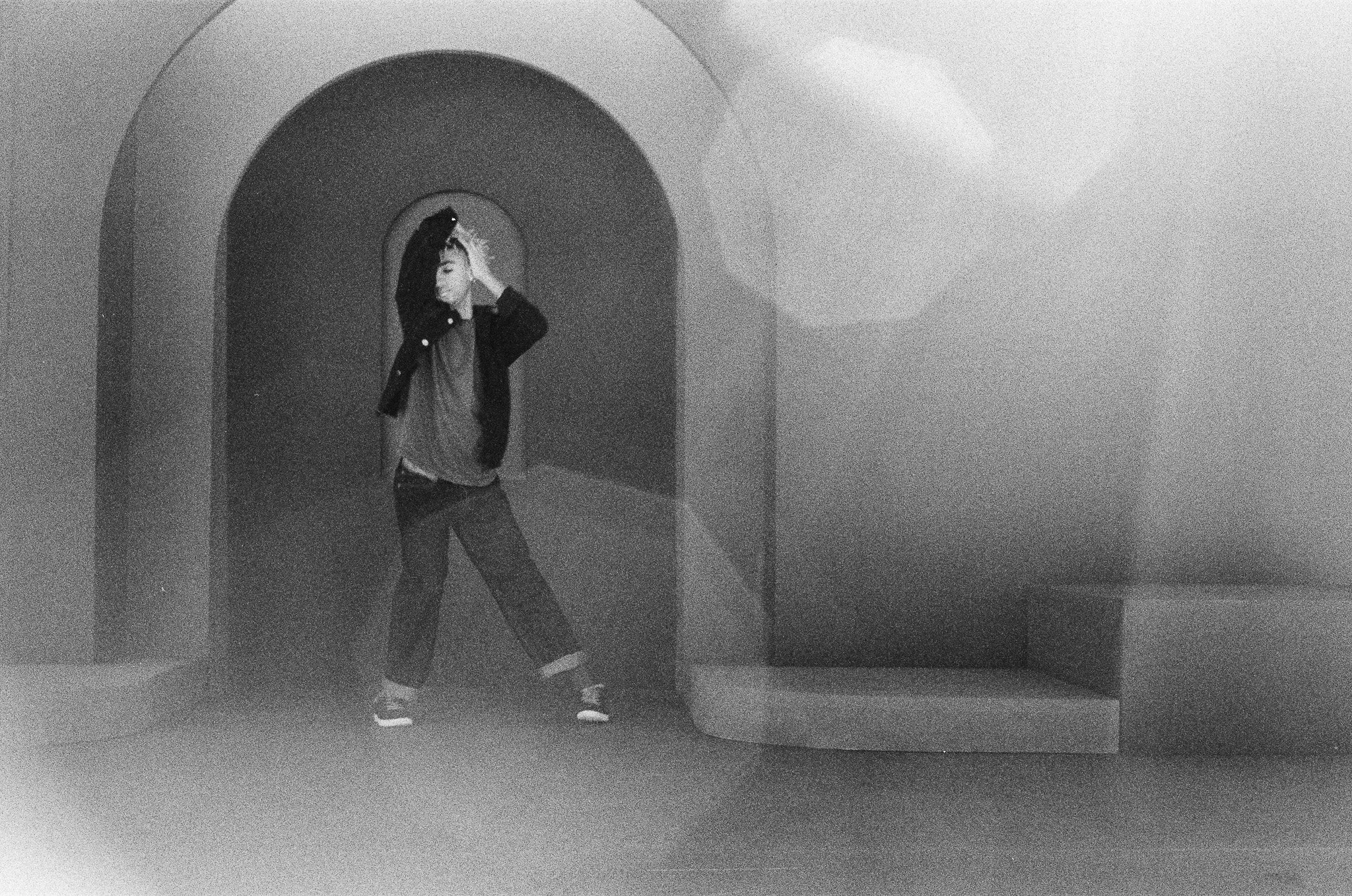TBT Issue 01: “What's the Move?”
I have always been terrible when it comes to writing about and sharing my work, but there is always time to change. So I’m starting now. This will be a series of throwbacks to various projects I worked on, starting with my longtime homie, Watsky.
I’ve known Watsky for over a decade now, after meeting him on the set of Ugly Faces back in … 2013? 2014? It’s been a minute. And fun fact, that same set is where I met the incredible DP Alan “Gwiz” Gwizdowski and somehow conned him into hiring me on everything, and now, all these years later, we’re still making music videos together.
For almost as long as I have known Gwiz, he’s been noodling on this idea to shoot a video that utilizes both infrared and standard light spectrums interchangeably. It’s always been a bit of a pipe dream; it would come up every few years, and we’d chat about how we’d do it or how it wasn’t quite right for this project, but maybe the next one. The next one finally came with Watsky and “What’s the Move.”
The goal was to shoot standard and infrared images at the same time so that they could be seamlessly cut between. To achieve this, we landed on using a 3D Rig with two RED Gemini cameras, one with the standard OLPF and the second with the Kippertie Full Spectrum OLPF. You can see the build in the photo here; it was a beast and took a few days of prep at CSLA Rentals to dial into something usable, because it turns out a 3D Rig doesn’t want to be handheld and doesn’t want to line up perfectly. The point of a 3D setup is to have two cameras looking at the same thing but slightly offset; that parallax angle is what creates the 3D effect. But for us, we needed the frames to be exactly the same, which meant sticking some strategically placed wedges in places and throwing a few cardi clamps on the head to help balance everything. Monitoring was also a pain because shooting through a mirror causes a whole host of problems when there is no VTR.
For the rest of you nerds, I’ll let Gwiz explain the post/color process he used to create the looks.
“The idea was to have 2 looks that were the opposite of each other, but not by simply inverting the color of the images…To achieve two different infrared looks, we used different filters in front of the lens to select which part of the full spectrum we wanted to see.
For Red Skintone, Clothing and Foliage: IR Chrome Filter with Custom LUT
IR Chrome turns foliage red and not affecting blue or green tones, allowing us to key those colors how we want in post. This is a mixture of visible and infrared light.
For White Skintone, Clothing and Foliage: Blue IR/NDVI Filter, which means Normalized Difference Vegetation Index. Scientifically it is used to determine the health of plants. This filter causes blues to turn Red and Greens to turn White/Grey. No visible light is passed to the sensor, only Infrared.”
Of course, I couldn’t let Gwiz have all the nerdy infrared fun. While we were testing everything, I decided it would be a fun time to experiment with infrared film. I’d never shot it before, so I took myself to Samy’s Camera in Pasadena to see what they had in stock. I ended up with Ilford’s SFX 200, a medium-speed black and white film with extended red sensitivity. It is one of the few IR stocks still being produced and can be handled and processed like standard black and white film. I shot a roll on my Bronica SQ-A, testing the same filters we used on the Geminis, which you can see below. I ended up going with the K665 filter on the shoot day and my Nikon S3. I chose the rangefinder body because it meant that my viewfinder would be clear of the dark IR filters. Unfortunately, because I procrastinated for literal years, I could not tell you which photos were taken with the filter and which were not. I am pretty sure all the photos with the set dark were with the K665 filter, and then we lost the light or were moving too quickly, so the rest were taken clean.
I think the images turned out really interesting, especially the wide shots. On close-ups, things got a little spooky. You can see in the color/digital photos above that even in the shade, everyone has some nice eyelight, but the SFX 200 does something strange, and everyone’s eyes go black and lifeless. It was a creepy realization when I got the film back. So I would not recommend this stock for glamour portraits.
Overall, it was a classic Watsky shoot—scrappy, fast, creative, and a great time. It’s a treat and privilege to get to work with friends who encourage you to take creative risks. Hit me with any questions you have in the comments and I will do my best to wrack my brain for the answers.
xo E
What’s The Move?
Watsky ft. T Pain
Director: George Watsky, Alan Gwizdowski
Cinematographer: Alan Gwizdowski
Choreographer: Blossom Chiddick
Production Designer: Abigail Marie Perez
Set Carpenter: George Watsky, Alan Gwizdoswki
Costumer: Cassidy Kean
Hair & Makeup: Ashley Francisco
1st Assistant Director: Lane Stroud
Producer: Hollis Wong-Wear
Production Coordinator: Evelyn Price
1st Camera Assistant: Erin Douglass
2nd Camera Assistant: Matthew Richardson
Gaffer: Dan Prostak
Key Grip: Leo Ibanez
Best Boy: Derek Cunningham
Dolly Grip: Devon McKinney
Grip Driver: Robert Buckband
Production Assistants: Sage Lemyou Barrier, Alrick Bainton, Nick Wolterdorf, Nick Ferrucci, Isaac Garcia
Dancers: Greyci Bennett, Katie Moore, Kana Nakada, Yevyn Alam















